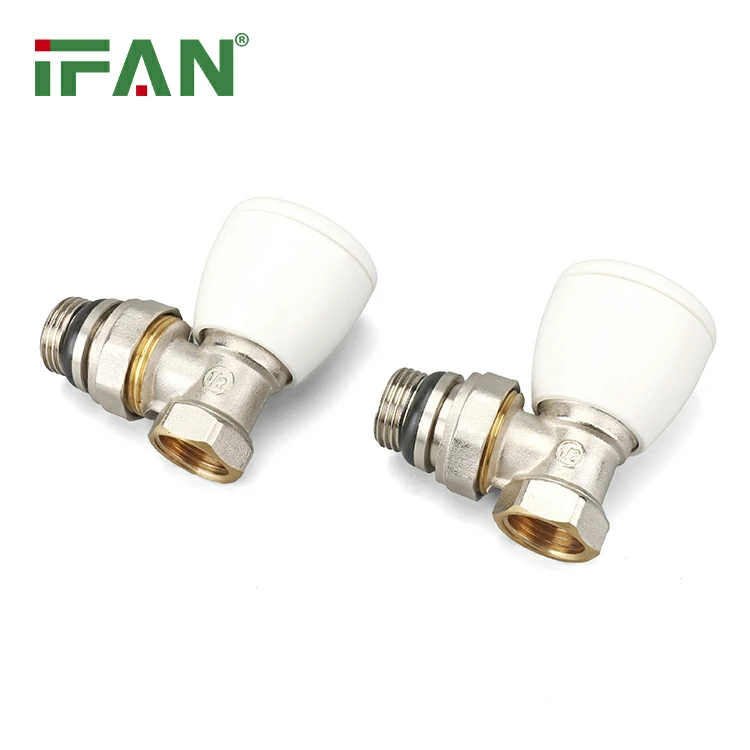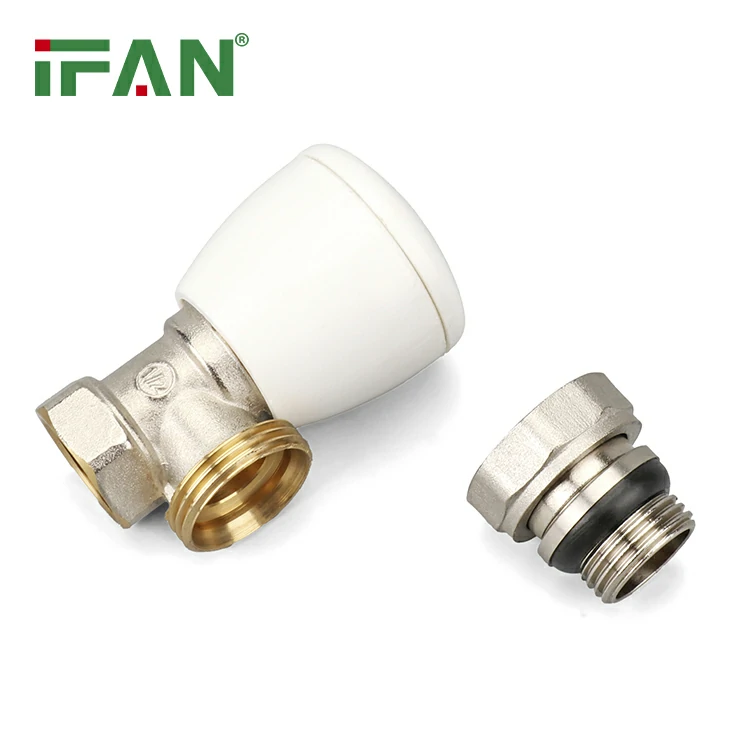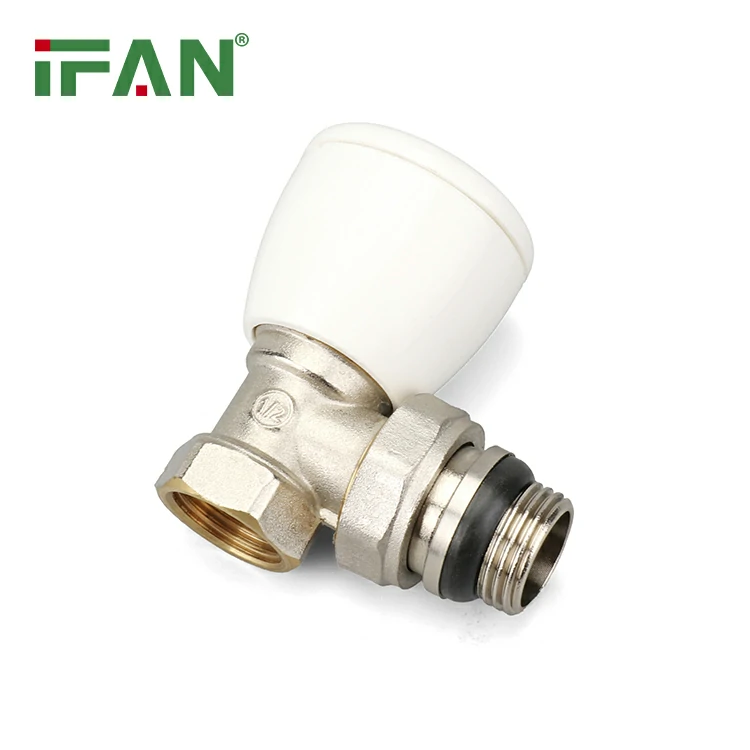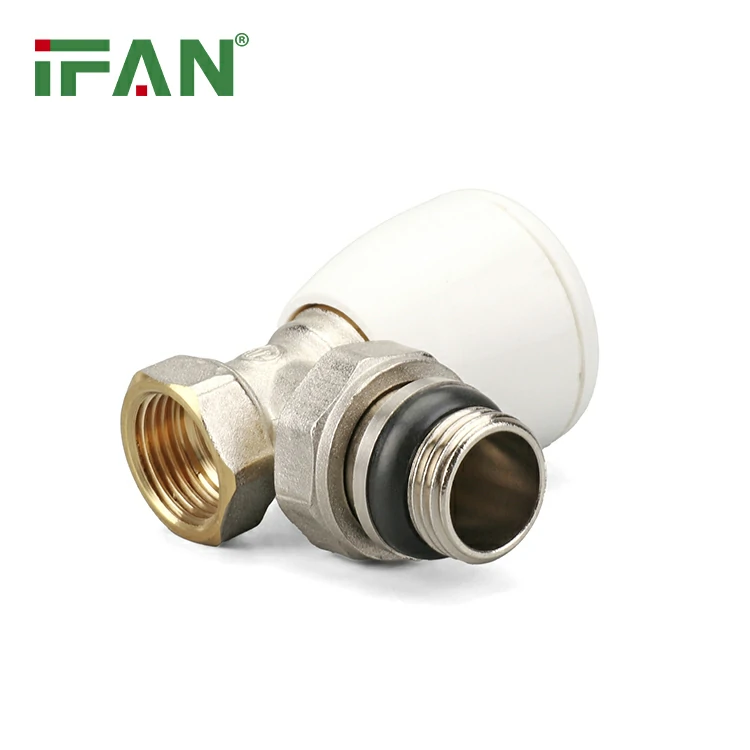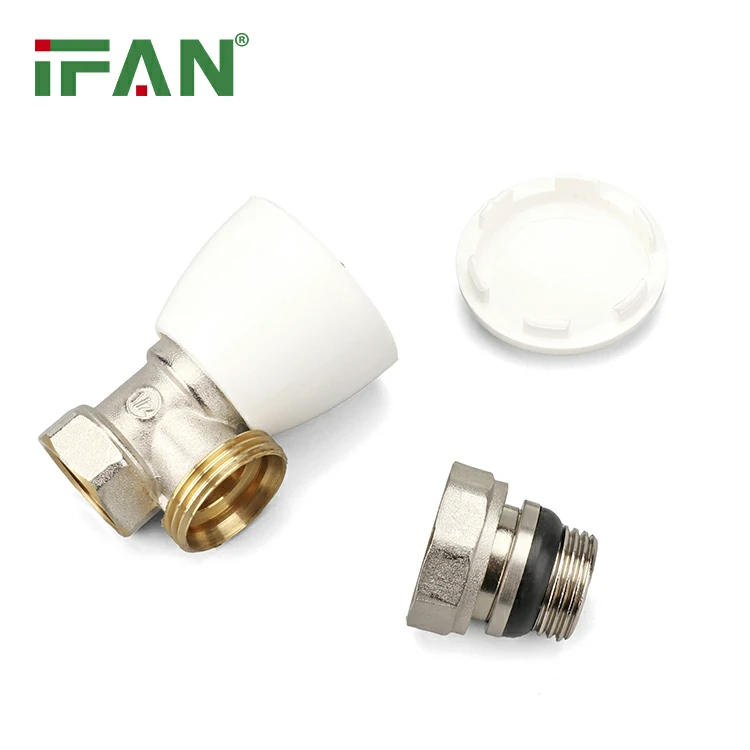IFAN Female Thread Radiator Valve
Category : Click Download
Whatsapp : +86 19884503412
Wechat : 19884503412
Description
Introduction: Understanding Radiator Valve Settings
Radiators help heat your home efficiently through hot water flow control.
This control is managed by adjusting a radiator valve on each radiator unit.
Some users wonder if keeping a radiator valve half open is advisable.
The question is important, especially for optimizing room comfort and energy use.
Understanding valve behavior helps prevent uneven heating or unnecessary costs.
This article explores the effects of leaving a radiator valve partially open.
We will explain mechanics, efficiency, and practical guidance with examples.
Knowing how to adjust a radiator valve properly ensures optimal heating system performance.
What Happens When a Radiator Valve Is Half Open?
When half open, a radiator valve allows limited hot water into the radiator.
This can produce moderate heating compared to fully open settings.
The temperature in the room may stabilize at a lower, more comfortable level.
However, reduced flow could cause certain radiators to heat unevenly.
The radiator valve regulates flow; partial opening restricts water circulation speed.
This may delay heat delivery to distant radiators in the system.
Partial opening can work if used strategically in specific zones.
Monitoring room response helps determine if a radiator valve should remain half open.
Effects on Heating Efficiency
Leaving a radiator valve half open might increase energy efficiency slightly.
Moderate heat output reduces energy waste in well-insulated or rarely used rooms.
For example, guest bedrooms may not require full heating during winter.
The radiator valve half open there balances comfort and savings.
In poorly balanced systems, this may lead to uneven room temperatures.
It’s essential to observe how partial valve openings affect overall system behavior.
Too many half-open valves can disrupt water flow across the circuit.
Efficiency gains are possible, but system-wide harmony should be maintained.
Can It Damage the Heating System?
Leaving a temperature control valve half open will not damage your heating system.
Central heating systems are designed to handle varied valve positions safely.
However, prolonged imbalance may cause boiler short cycling or poor circulation.
Water might favor easier paths, skipping radiators with greater resistance.
This can reduce system performance and comfort in distant rooms.
A radiator valve works best when used as part of a balanced system.
Routine maintenance and balancing help maintain ideal system pressure and flow.
Half-open valves are safe, but efficiency must still be monitored.
Best Situations for Partial Valve Opening
Certain scenarios benefit from the radiator valve left half open.
In spring or autumn, mild heating needs are common.
Partially open valves prevent overheating while maintaining comfort.
In rooms with high sun exposure, full heat may be unnecessary.
The temperature control valve adjusted halfway ensures consistent warmth without energy waste.
In shared spaces like hallways, even mild warmth may be enough.
Each home has different heating needs based on insulation, window placement, and usage.
The radiator valve setting can be customized for each specific space.
Using Thermostatic Radiator Valves (TRVs)
The thermostatic radiator valve adjusts automatically based on room temperature.
It closes gradually when desired temperature is reached.
This creates a self-regulating environment with maximum energy efficiency.
Instead of manually half-opening the radiator valve, TRVs simplify the process.
They often have numbered dials from 1 to 5 or higher.
Setting a lower number mimics the effect of a half-open manual valve.
TRVs are useful in bedrooms, offices, and conservatories where temperatures fluctuate.
They provide precision control without constant manual adjustment.
How to Monitor and Adjust Settings
When testing partial valve openings, monitor room temperatures over several days.
If the room remains cold, increase the valve slightly.
Too much heat? Try closing the valve slightly more.
Consistency is key—avoid frequent adjustments without reason.
A temperature control valve may take time to reflect temperature changes accurately.
Using digital thermostats can assist in monitoring overall home heat levels.
Record temperatures in different rooms to see valve effects.
Always adjust slowly and note performance over time.
Final Thoughts: Is Half Open a Good Idea?
Leaving a temperature control valve half open is a practical solution for certain rooms.
It saves energy in low-use spaces and avoids overheating.
However, full system balance must be maintained to avoid inefficiencies.
Using thermostatic radiator valves can automate the process more effectively.
A temperature control valve is a valuable tool for individual room comfort control.
Understand your home’s heating needs and adjust each valve accordingly.
In conclusion, half-open valves are safe and sometimes efficient when used correctly.
Always observe system behavior to ensure your settings provide desired comfort levels.
相关产品
- Brass Radiator Valve
IFAN High Quality Brass Radiator Valves
- Brass Filter Valve
IFAN Control Valve
- Brass Valve
Radiator Angle Valve
- Brass Valve
Radiator Valves
HAVE ANY QUERIES? SEND TO CONTACTOANTSMACHINE.COM
ONTACT US

